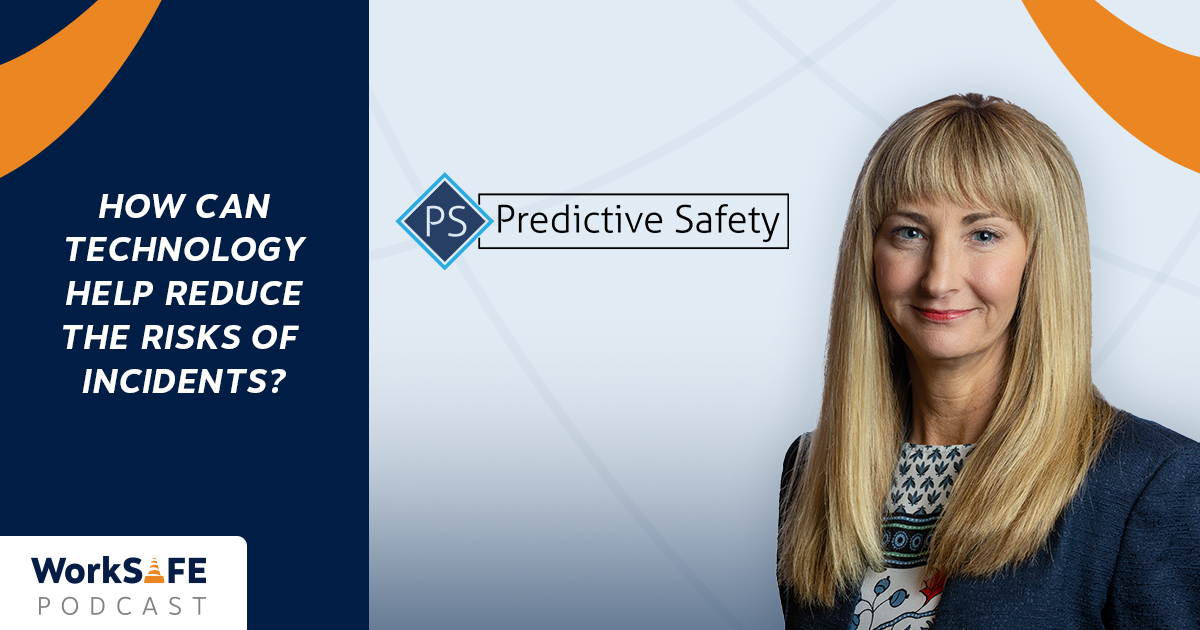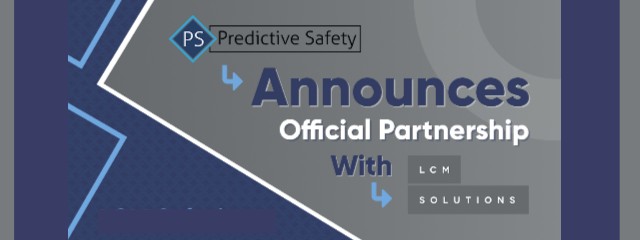A fatigue management system can make a tremendous difference in a company’s ability in reducing risk due to unmanaged, worker fatigue. Even though it’s a relatively new science, silos of technology have already been defined in the industry. At Predictive Safety, our experts in the science of fatigue management, work with companies in understanding the options including, Point of Failure Systems, Real-time Detection, and Predictive Systems.
Point-of-Failure Systems
A Point-of-Failure system is one in which fatigue impairment is detected, as the term describes, at the point of failure, or where the mental functioning is sufficiently degraded to cause overt symptoms. Examples include dash cameras or hats that catch workers in a state of nodding off into micro-sleeps or experiencing pupil dilation, and in some cases, exhibiting altered EEG brain waves. In some systems, vehicle driving behavior is monitored for changes in patterns, such as a change in braking or steering which indicate a change in alertness.
We feel that this type of detection is an important fail-safe, especially when fatigued drivers are operating expensive assets or are in a public system where fatigue can be deadly.
But when an employee is experiencing micro-sleeps, dangerous levels of fatigue have already been in play for two to three hours. While you want to take the most precaution in the most critical situations, additional technologies can prevent it from getting that far in the first place.
Real-Time Detection
Sometimes employees begin work in an already exhausted or distressed condition but no one knows about it. It’s a dangerous way to start a shift or proceed on a critical task where assumptions are being made about an employee’s alertness level. That’s when the second type of technology, real-time detection, can be of help.
With real-time detection, supervisors have the most options available to move employees around, delay critical tasks, or help an employee plan breaks so that the risk is mitigated. Because real-time detection is performance-based, it can also identify individuals who are struggling with alertness for reasons other than fatigue. Illness, drug or alcohol use and even severe emotional distress can pose the same safety risk as fatigue and will show up in a real-time performance assessment.
Predictive Systems
Predictive fatigue management systems take real-time detection to the next level and contain a platform that can assess and calculate impending fatigue in an upcoming shift.
Predictive systems can arrive at a very accurate assessment of what kind of fatigue the employee will most likely face during that shift and when it’s going to happen – in advance. This is made possible by using an employee’s actual work history, not just the time they were scheduled to work, and by adding in data points such as commute time, job risk profile, and real-time alertness.
Predictive systems provide the greatest range of options for supervisors and workers to manage and mitigate impairment-related fatigue. When a supervisor and an employee can know when fatigue is likely to become at risk during a shift, giving both the worker and the supervisor can apply countermeasures to and reduce the risk of accidents and errors significantly.
Depending on the work environment, some or all of these three technologies can be used. Understanding the benefit of each type and where it intervenes can help companies spend their resources where they can have the most impact. Technology has made tremendous progress in detecting anomalies in human health and behavior, and companies don’t have to be in the dark about what is available to make their work environments safer.
Choosing a fatigue management solution can be a complex process. Lean on our years of experience to help you explore the options.
Safer, More Productive Shifts Can Start Today
Request a no-obligation Discovery Meeting, and a member of our team of fatigue-risk mitigation experts will walk you through this revolutionary technology so you can run safer, more productive shifts.
Fill out the form below, and we'll follow up to:
- Ask a few additional questions about your situation
- Understand your scope and timeline
- Determine if there's a good fit
- Schedule your Discovery Meeting
"*" indicates required fields











